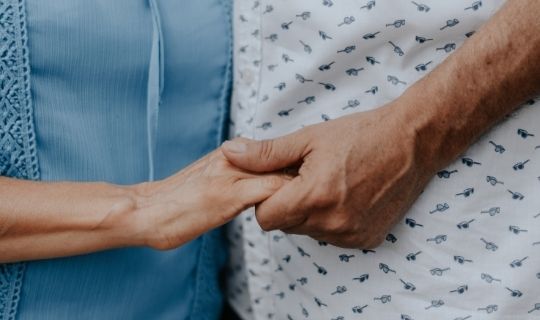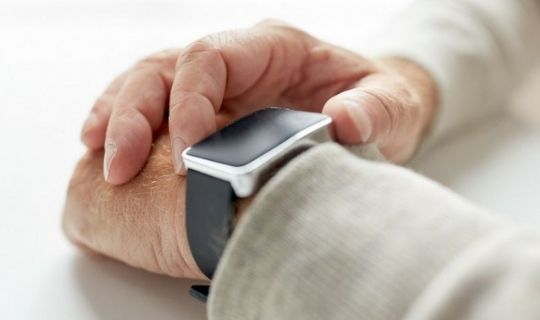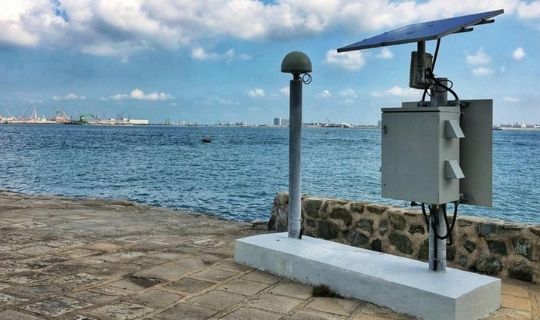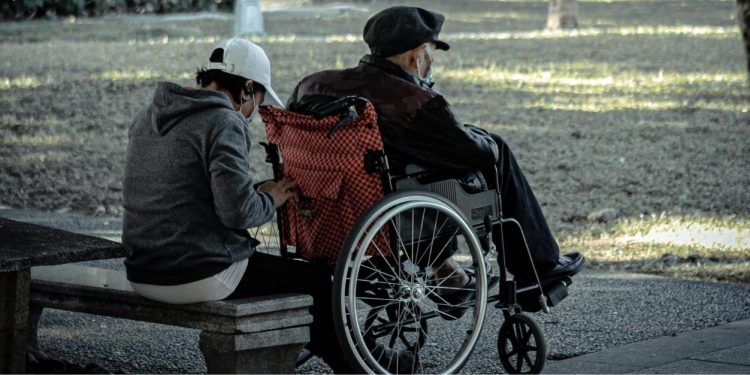What is dementia?
“Dementia is a syndrome – usually of a chronic or progressive nature – in which there is deterioration in cognitive function (i.e. the ability to process thought) beyond what might be expected from normal ageing.” – World Health Organisation
There are around 50 million adults worldwide with dementia, with nearly 10 million new cases popping up yearly. As one of the most typical causes of memory loss among seniors worldwide, dementia often interferes with an individual’s ability to go about their daily routine and negatively impacts their decision-making skills.

What has been done to help dementia in our local community?
Currently in Singapore, GPS is used to keep track of people with dementia. While it has proven to be useful for patients and their caregivers, the system has its flaws. For one, margins of error can be up to 10 metres, which means the exact location of a missing person cannot be properly captured.

On 25 February 2021, the Singapore Land Authority (SLA) launched the GNSS Innovation Challenge, with the aim of solving the distance gap problem.
Together with Singapore Space and Technology Limited (SSTL), SLA is calling for tertiary students to develop a small device on the wrist that can pinpoint the exact location of the wearer. Winners stand the chance of winning up to $3,000 cash prizes and a possible internship at SLA.
The catch? The margin of error will need to be less than a metre.
What are the benefits of having a DGNSS-powered tracking device?
This new device will make use of another type of technology, namely the differential global navigation satellite systems (DGNSS) which can offer the most accurate form of GPS technology as yet.

As DGNSS makes use of the nine reference stations on land to correct any signal inaccuracy before sending information to a device, meaning users can expect an increased precision in the tracking ability.
Up till now, there are still no wearables based on DGNSS technology in the market.
In what other ways will the new wearable tracking device be different?
Participants involved in the GNSS Innovation Challenge are also tasked to include other indoor technologies alongside DGNSS. This is so that the device can be used inside and outside without facing signal disruptions when located indoors.
Ms Kris Foo had shared how the device will be particularly useful for people in the early stages of dementia, such as her 89-year-old father.
“My dad likes to sometimes move around on his own. If his location can be monitored precisely, that would be really helpful,” said Kris. “I also hope the device can be so precise that I could contact the shops nearby to alert them of his whereabouts and to look after him until I arrive.”
Singapore is facing an increasingly greying population. Developments such as a wearable tracking device for the elderly with dementia can be one of the many solutions to caring for seniors or loved ones with special needs.
SSTL’s chief executive Lynette Tan said, “Remote monitoring technology could help give family members better peace of mind, with real-time knowledge of the whereabouts of their loved ones.”
Participating students can put their talent into creating a device that solves real-life problems and benefits the community.
“Through this initiative, we also hope to build interest in the use of satellite positioning reference technology to power real-time, high precision positioning applications,” added Mr Simon Ong, Acting Chief Executive of SLA.
Join the conversations on THG’s Facebook and Instagram, and get the latest updates via Telegram.












